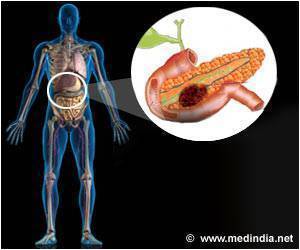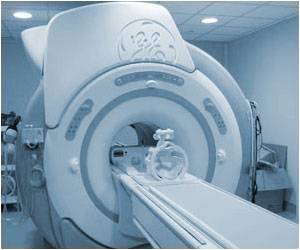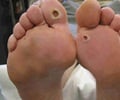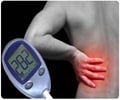
Plaque that forms in the arterial walls can restrict blood flow and in some cases, rupture, leading to potentially fatal heart attacks. There is considerable evidence that calcified, or stable, plaque, is less prone to rupture than non-calcified, or soft, plaque. Intravascular ultrasound can quantify non-calcified and calcified coronary artery plaque, but it is invasive and unsuitable for screening purposes, and coronary artery calcium (CAC) scoring with CT, a common noninvasive option, has limitations.
"Calcium scoring measures how much calcified plaque a person has, but it doesn't measure the component that's not calcified, and that's the component that tends to be dangerous," said João A. C. Lima, M.D., from the cardiology division at Johns Hopkins University in Baltimore, Md.
Quantitative plaque analysis with coronary computed tomography angiography (CCTA) has emerged as a viable screening option. CCTA can capture the full anatomic map of the coronary arteries in a single heartbeat with low radiation dose. CCTA can provide a picture of the total amount of plaque throughout the arteries of the heart.
Researchers from three centers—the National Institutes of Health (NIH) in Bethesda, Md., Johns Hopkins, and the Intermountain Medical Center Heart Institute in Salt Lake City—recently collaborated to evaluate CCTA in 224 asymptomatic diabetic patients. Obese people with diabetes have a propensity for extensive and premature development of coronary artery plaque, making them an ideal study group for plaque assessment.
The researchers used measurements of coronary artery wall volume and length to determine a coronary plaque volume index (PVI) for each patient. The technique provided information well beyond the presence or absence of coronary stenosis, or narrowing. PVI was related to age, male gender, body mass index (BMI) and duration of diabetes. Younger individuals with a shorter duration of diabetes had a greater percentage of soft plaque.
Advertisement
"These findings represent a very important step in the ability to quantify plaque, particularly non-calcified plaque," added Dr. Lima.
Advertisement
"The results reinforce how important it is to evaluate BMI as a potential driver of overall diabetes," Dr. Bluemke said. "As the only modifiable risk factor, obesity is an important target for managing diabetic patients."
Only about one-third of the coronary plaque in patients showed calcification, underscoring the widespread presence of non-calcified plaque. The ability to distinguish between calcified and non-calcified plaque is important because treatment may vary based on plaque composition.
"People with soft plaque respond better to interventions, particularly medical therapy like statins," Dr. Lima said.
The researchers will continue monitoring the patients from the study to better understand the value of coronary artery plaque assessment in predicting future cardiovascular events and to further define the role of plaque volume index versus CAC score. A clinical trial would be necessary to determine if risk factor reduction would result in reduced PVI.
"Now that we have baseline indices of plaque in the study patients, we can look for people who, despite optimal management, experience a cardiovascular disease event like a heart attack," Dr. Bluemke noted.
CCTA is likely to be valuable for other groups of patients at high risk for cardiovascular events, the researchers said, and may one day enable physicians to predict plaque development and treat it aggressively before PVI increases significantly.
Source-Eurekalert















